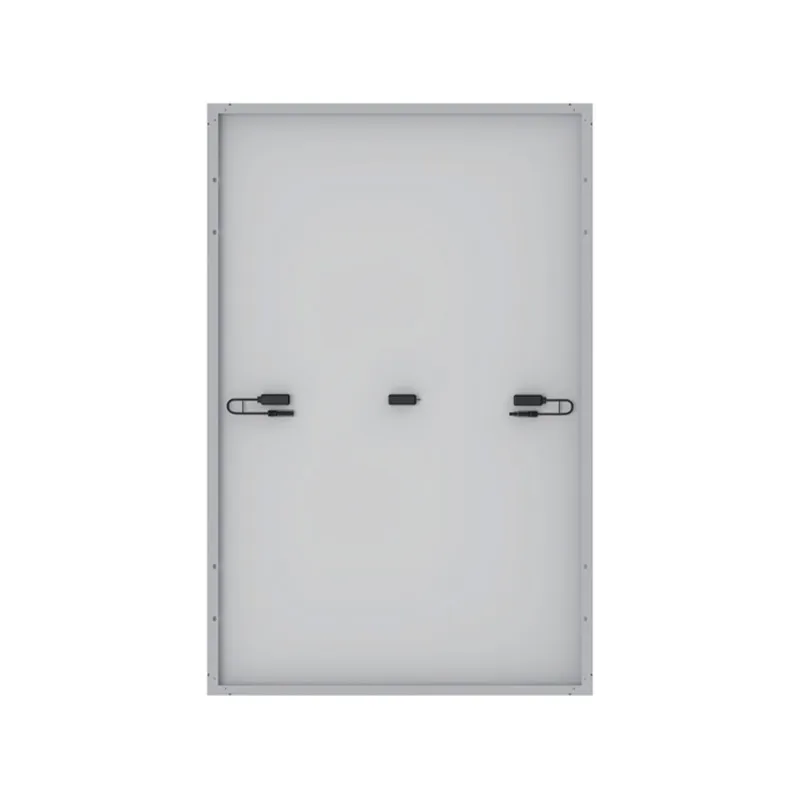How to Safely Install Solar Panels on Your Home Roof
Installing Solar Panels on Your Roof A Step Towards Sustainability
In an era where environmental consciousness is on the rise, many homeowners are considering the installation of solar panels on their roofs. This decision not only helps in reducing electricity bills but also contributes significantly to reducing one’s carbon footprint. Here’s a comprehensive look into the benefits, considerations, and process of installing solar panels on your roof.
Why Consider Solar Energy?
One of the primary reasons people opt for solar energy is the potential for substantial savings on energy bills. By harnessing sunlight to generate electricity, homeowners can significantly reduce or even eliminate their dependence on grid electricity. This is particularly beneficial in areas with abundant sunlight, where solar panels can operate at optimal efficiency throughout the year.
Moreover, many governments offer incentives such as tax credits, rebates, and grants to encourage solar energy adoption. These incentives can significantly offset the initial investment, making solar panel installation more financially attractive.
Understanding the Installation Process
The process of installing solar panels on your roof generally includes several key steps
1. Site Assessment Before installation, it's crucial to assess your roof's suitability for solar panels. Factors such as roof orientation, pitch, shading from nearby trees or buildings, and the material of the roof can impact the overall efficiency of solar panels.
2. Choosing the Right System There are different types of solar panel systems, such as grid-tied and off-grid systems. A grid-tied system allows you to remain connected to the utility grid, enabling you to draw power when your solar system isn’t producing enough energy. An off-grid system, on the other hand, is ideal for those looking for complete energy independence.
install solar panels on roof

3. Selecting a Solar Installer It’s essential to hire a reputable and experienced solar installation company. Check their credentials, read customer reviews, and compare quotes to ensure you choose a reliable service provider.
4. Permitting and Paperwork Installing solar panels typically requires permits from local government authorities. Your installer should assist with this process, ensuring all regulations and codes are followed.
5. Installation Day The actual installation usually takes one to three days, depending on the complexity of the system and the size of your roof. The process involves mounting the panels, connecting the wiring, and installing an inverter to convert the generated DC energy into usable AC energy.
6. Post-Installation Testing Once installed, the system must be tested to ensure everything is functioning properly. Monitoring systems can be set up to provide real-time data on energy production and usage, allowing homeowners to track their energy savings and system performance.
Benefits and Considerations
Apart from the environmental benefits and financial savings, solar panels can increase the value of your home. Many homebuyers today are looking for energy-efficient features, making homes equipped with solar systems more attractive.
However, there are also some considerations to keep in mind. The initial investment can be significant, though it pays off over time. Additionally, the effectiveness of solar panels is influenced by geographic location and weather conditions, so it’s essential to evaluate whether solar energy is the right choice for your area.
Final Thoughts
Installing solar panels on your roof is a forward-thinking decision that aligns with a sustainable future. While it involves careful planning and investment, the long-term benefits for both your wallet and the environment are undeniable. As technology continues to improve, solar energy is becoming more accessible and efficient, making it a viable option for homeowners willing to embrace clean energy. Whether you’re motivated by financial savings or a desire to contribute to environmental conservation, solar panels can be a significant step towards a greener lifestyle.
-
Understanding the Advantages of Solar String Inverters for Your Energy SystemNewsApr.29,2025
-
Choosing the Right PV Inverter: A Comprehensive GuideNewsApr.29,2025
-
The Future of Solar Power: Exploring Bifacial Solar PanelsNewsApr.29,2025
-
The Complete Guide to Solar Panels: Efficiency, Cost, And InstallationNewsApr.29,2025
-
The Best Options for Efficiency and Cost-EffectivenessNewsApr.29,2025
-
Harnessing the Power of Off-Grid Solar Inverters for Energy IndependenceNewsApr.29,2025







